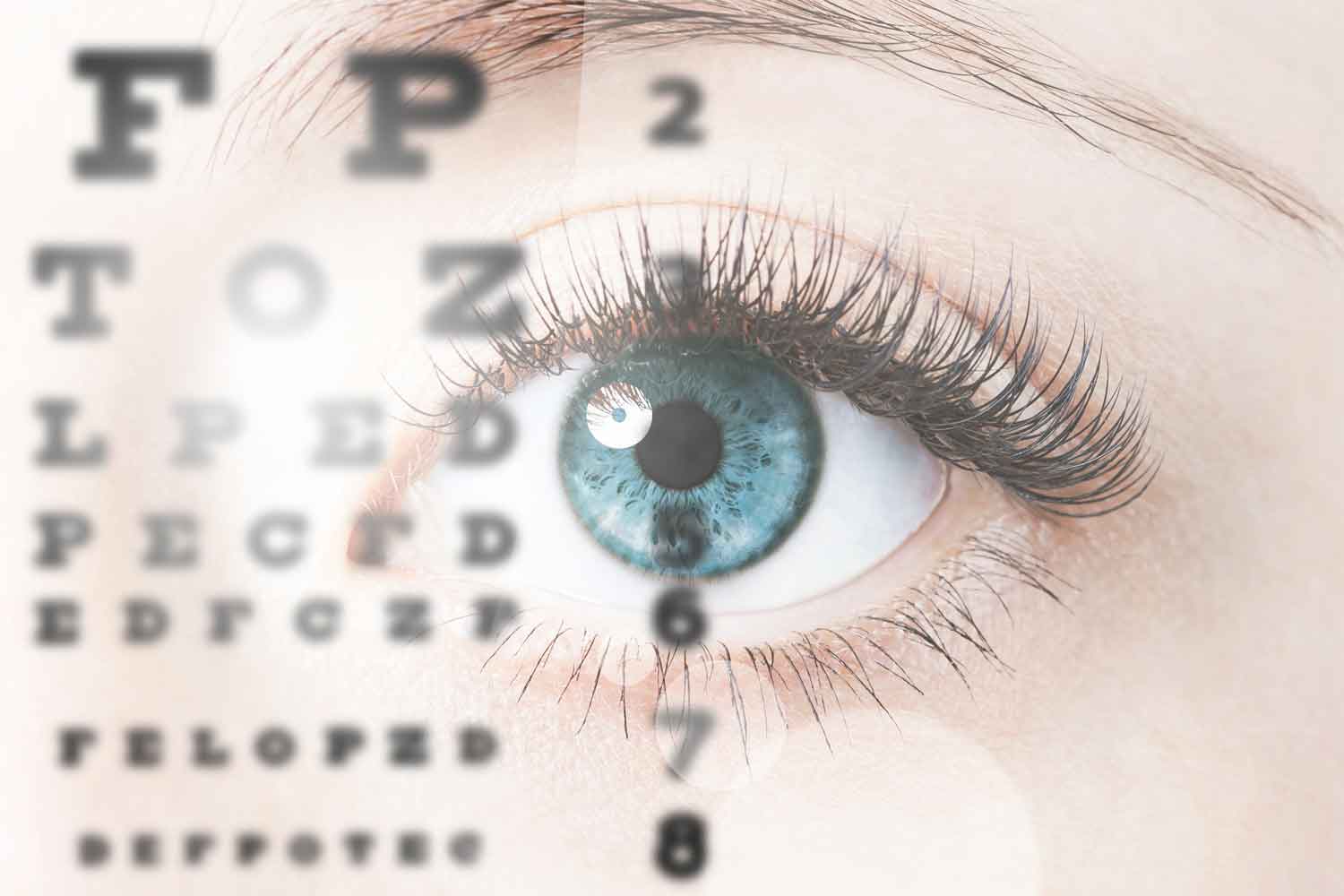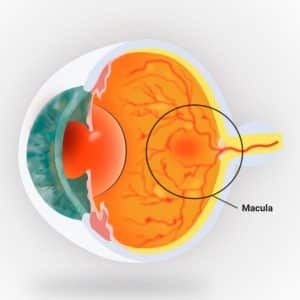
WHAT IS ASTIGMATISM?
Astigmatism is an imperfection in the curvature of your eye’s cornea or lens.
To understand astigmatism, it is helpful to think of the normal eye as evenly rounded, like a basketball. With astigmatism, the eye is egg- or oval-shaped like an American football. There are two basic types of astigmatism:
- horizontal astigmatism (when the eye is wider than it is tall), and
- vertical astigmatism (when the eye is taller than it is wide)
With either type of astigmatism, near and far vision is blurry because of the eye’s irregular shape.
What Is the Main Cause of Astigmatism?
Astigmatism is caused by a cornea or lens that has a different shape than normal. Astigmatism is very common. Doctors don’t know why the shape of the cornea or lens varies from person to person. But they do know the risk of getting astigmatism is inherited (passed down from parents).
People can also get astigmatism from:
- eye disease
- eye injury
- or after surgery
It is a myth that reading in low light or sitting very close to the television causes astigmatism or makes it worse.
How Does Astigmatism Affect Vision?
Normally, the cornea and lens at the front of the eye have an evenly round shape. This helps focus light rays sharply onto the retina so you can see clearly.
With astigmatism, light rays do not refract (or bend) properly as they enter the front of the eye. Vision is blurry at near and far because light rays either fall short of the retina or behind it.
People may have astigmatism along with other refractive errors, such as:
In a normal eye, the cornea and lens focus light rays on the retina.
In astigmatism, images focus in front of and beyond the retina. Close and distant objects both appear blurry.
How Can You Tell If You Have Astigmatism?
Astigmatism symptoms may include:
- blurry vision or areas of distorted vision
- eyestrain
- headaches
- squinting to try to see clearly, or
- eye discomfort
These symptoms do not always mean you have astigmatism. See your ophthalmologist for a comprehensive eye exam to find out what is causing your symptoms.
Children may not realize they have blurry vision. And they are unlikely to complain about blurred or distorted vision.
But without treatment, astigmatism can:
- impact a child’s performance in school and sports
- lead to amblyopia (lazy eye) and vision loss
This is why early childhood eye screenings—by a pediatrician, family doctor or other eye care professional—are so important. If astigmatism or another eye problem is found, see an ophthalmologist to get the right treatment.
- Eyeglasses or contact lenses. They work by refocusing light on the retina in the back of your eye so that you can see more clearly. There are two main types of contacts for astigmatism: toric soft lenses and RGP (rigid gas permeable). For more severe astigmatism, RPG lenses may work best.
- Refractive surgery. With LASIK and other procedures, a laser reshapes the cornea to adjust how light travels through it.
There is no best way to correct your astigmatism—the most appropriate correction is one that best suits your vision needs. To learn what options might be best for you, schedule an appointment with an Eye Associates of South Texas vision care provider. Source: aao.org.

 Previous Post
Previous Post Next Post
Next Post


